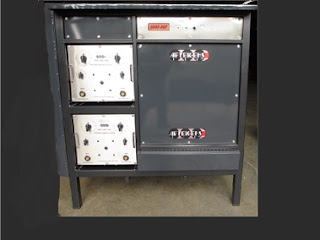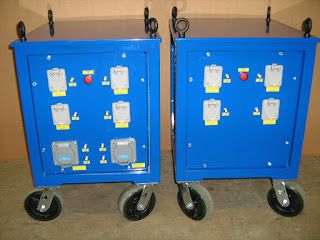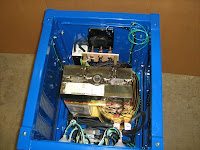| Silicone rubber electric heating element for tank and vessel heating. |
Silicone rubber electric heating elements are well proven, tried and tested flexible heaters for heating plastic or metallic tanks and vessels. Their low mass offers virtually no thermal inertia and within minutes can achieve elevated temperatures. They are generally easy to apply to the surface of tanks, chutes, or hoppers and can be custom designed in virtually any shape, all that is required is a sketch of the heated area and information about the electrical connections.
Silicone rubber electric heating elements are constructed by vulcanizing a nichrome heating element to the silicone rubber layer to produce a homogenous laminate. Two layers of 0.028” thick silicone rubber compound, sheath cured on one side, are calendared with high strength fiberglass mesh and vulcanized together under heat and pressure. This bonding sandwiches the resistance heating element between the two layers. An electric grounding mesh is located on the assembly and a further layer of silicone rubber is applied and vulcanized, making a homogenous assembly.
The heaters are used primarily for metallic and non-metallic tank and vessel heating. Their flexibility, both physically and design-wise, allow the heaters to be used for a wide variety of applications. Silicone rubber heaters are water-resistant and may be used for outdoor or “wet” applications, as long as the thermal insulation or exterior covering over the heaters is weatherproofed.
Silicone rubber heating systems must be correctly temperature controlled. The controls and all electrical components must be approved for the area as classified. All wiring must follow Federal, State and Local codes and be fully compliant with the NEC as it relates to the project. If in doubt, please contact an industrial heating applications expert for assistance.
Silicone rubber heating systems must be correctly temperature controlled. The controls and all electrical components must be approved for the area as classified. All wiring must follow Federal, State and Local codes and be fully compliant with the NEC as it relates to the project. If in doubt, please contact an industrial heating applications expert for assistance.

















